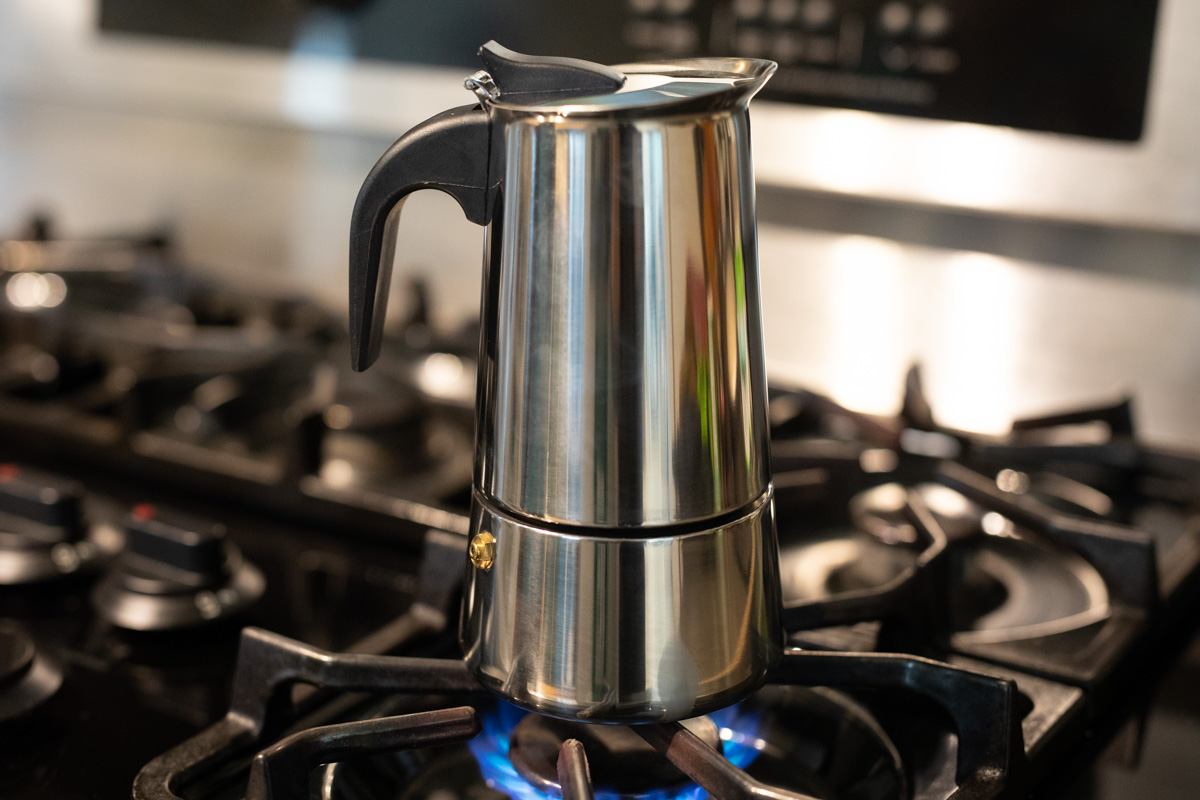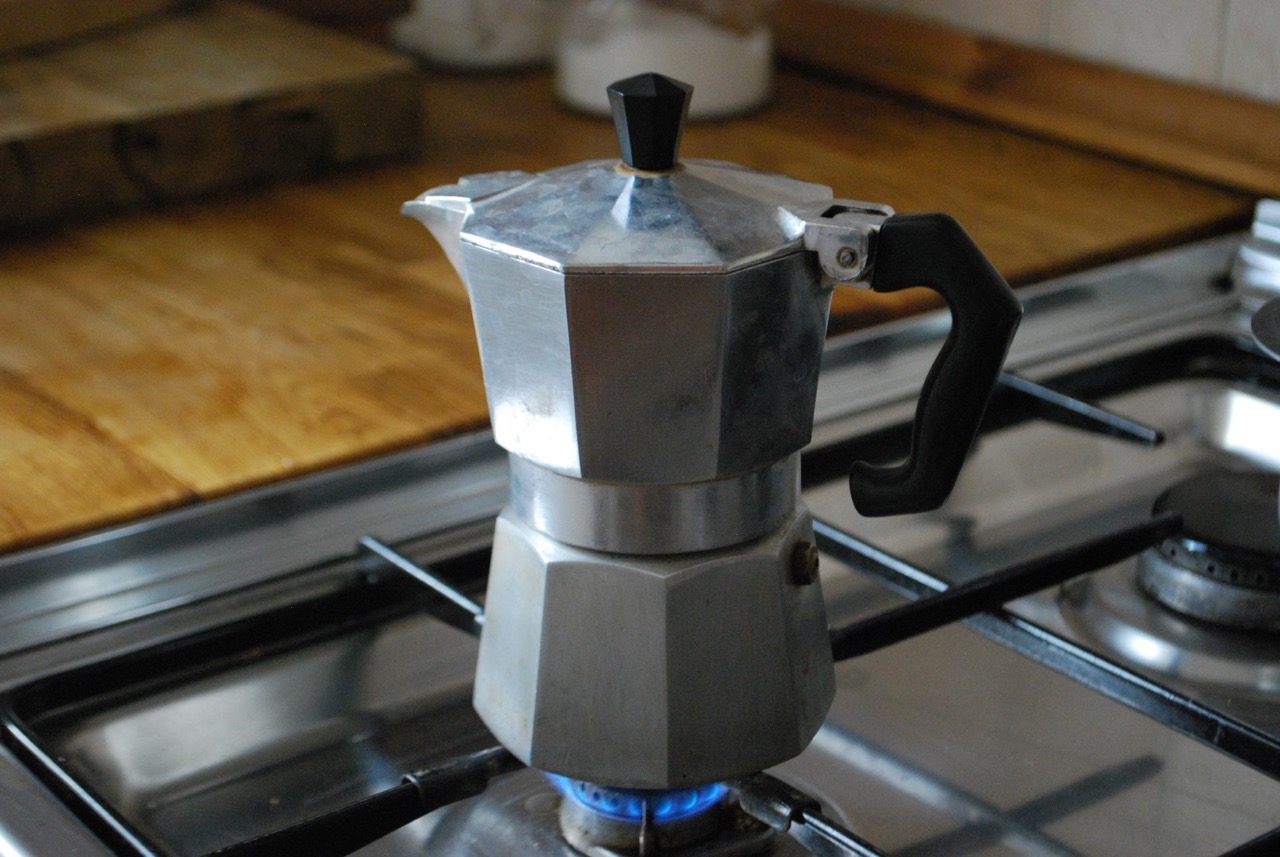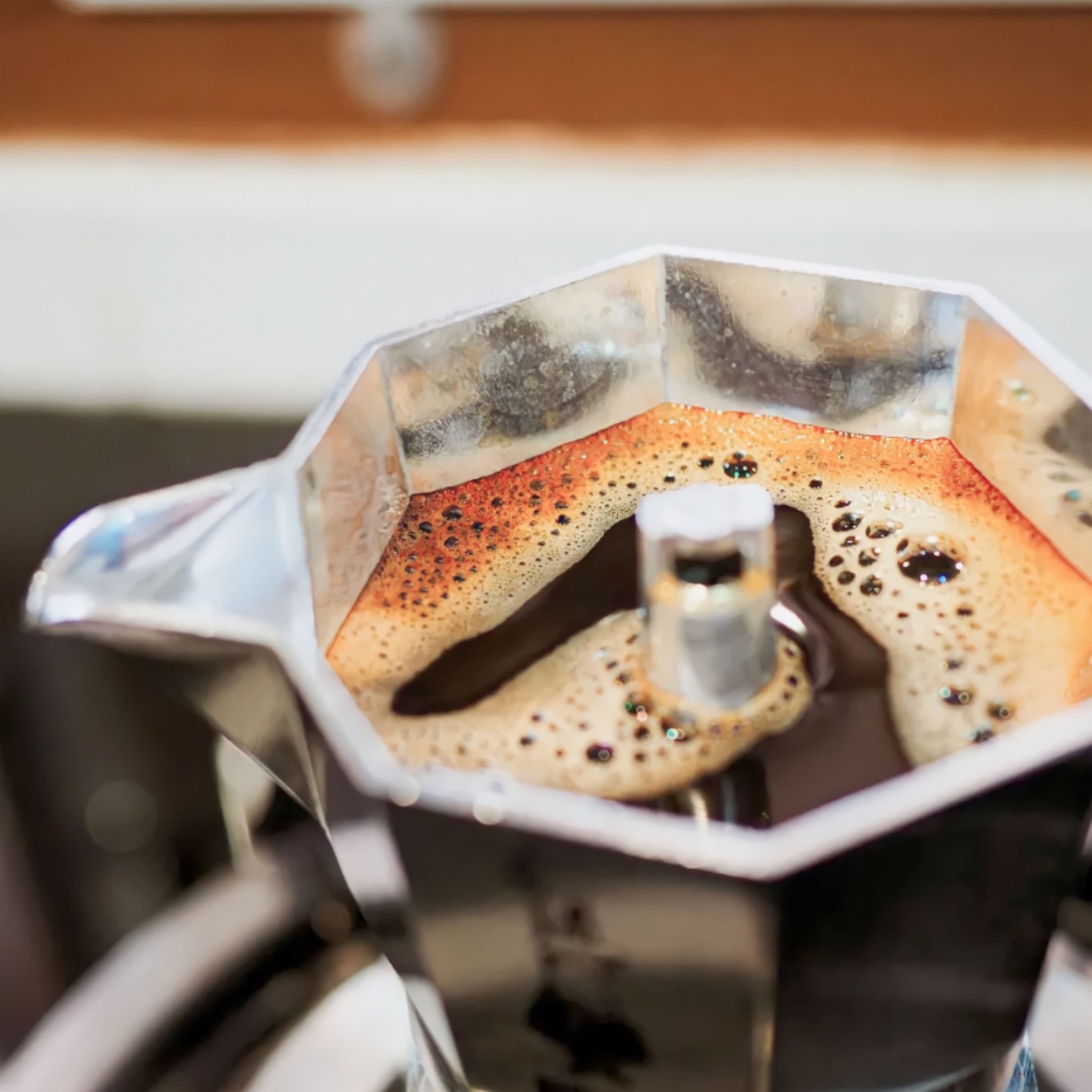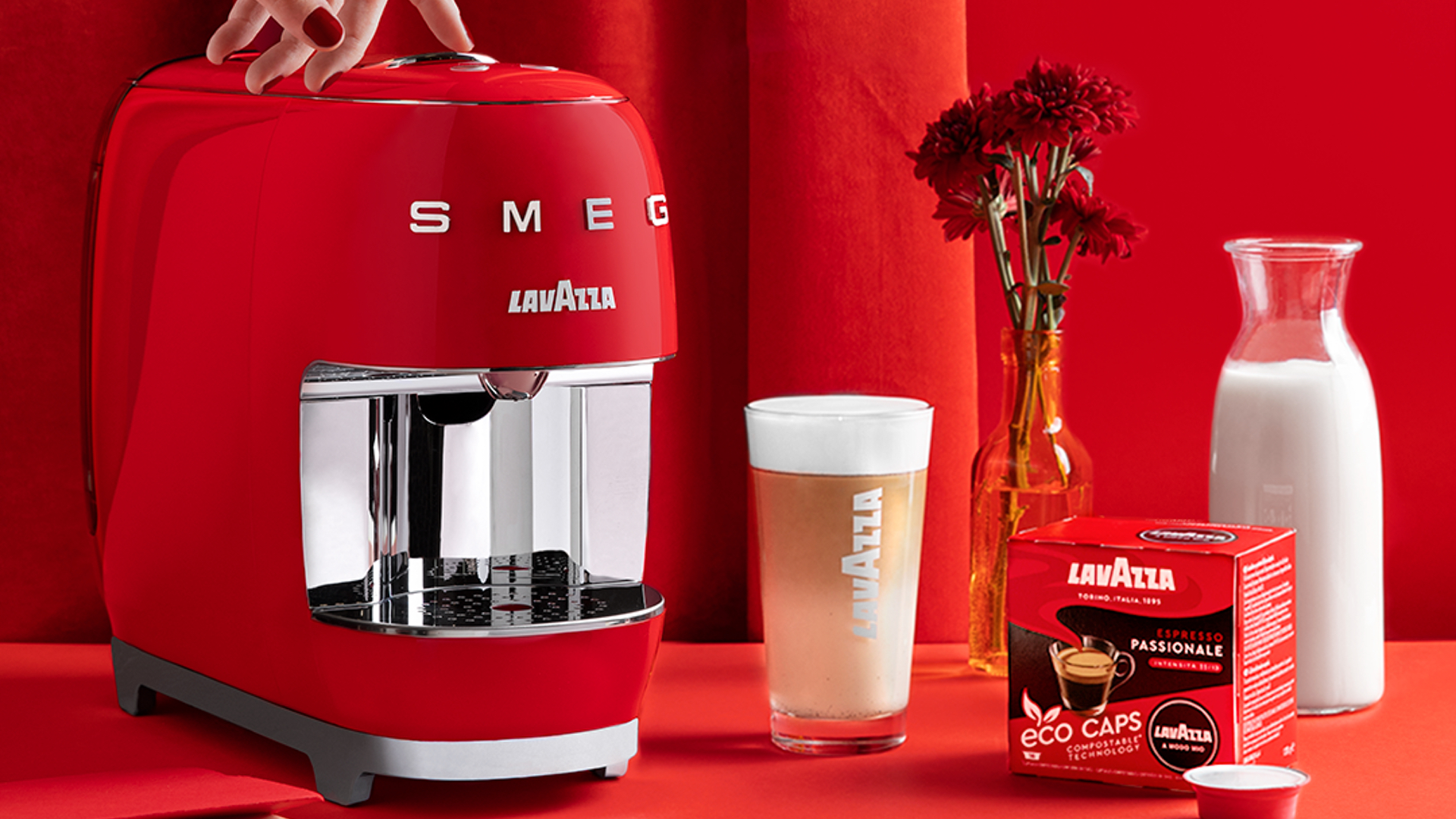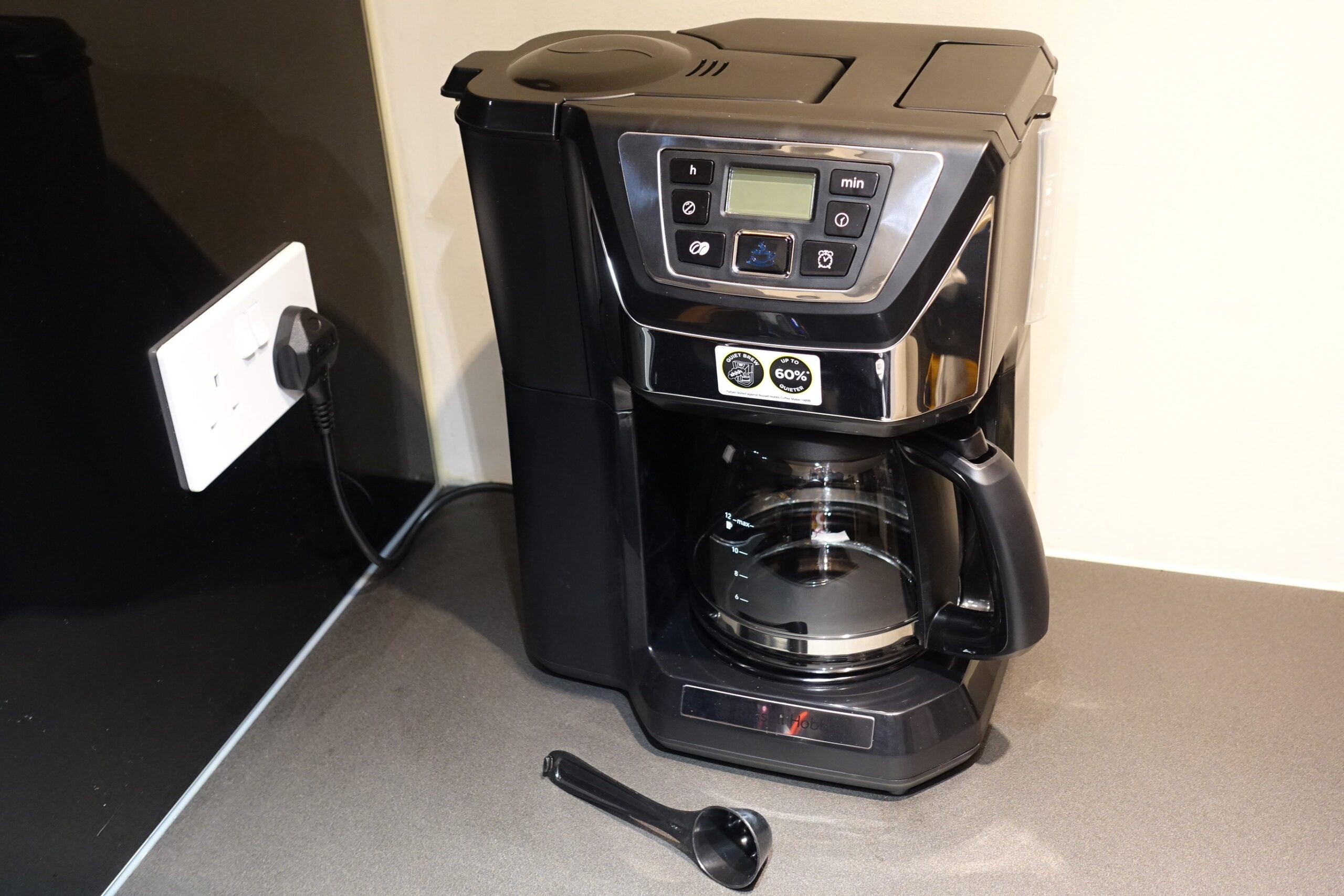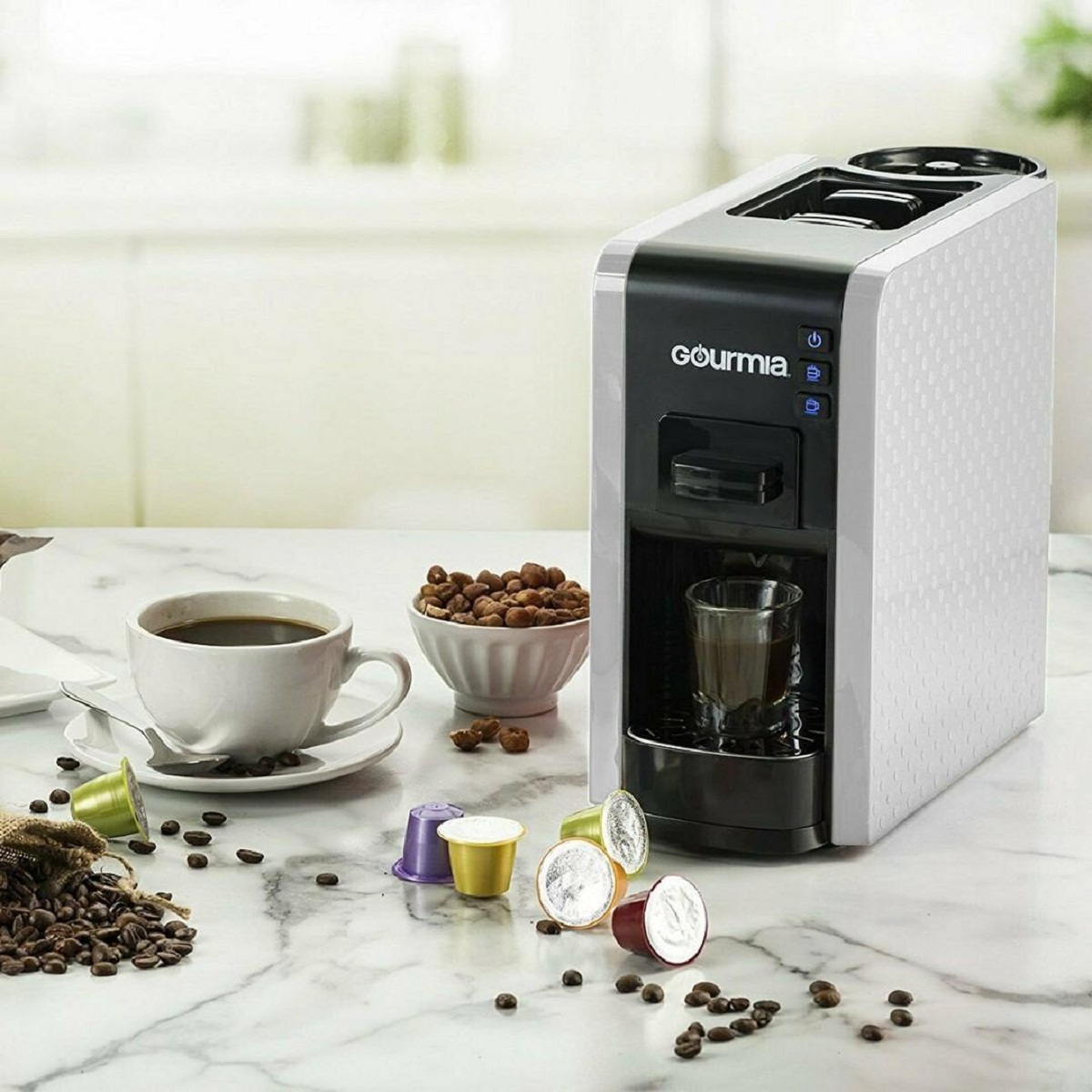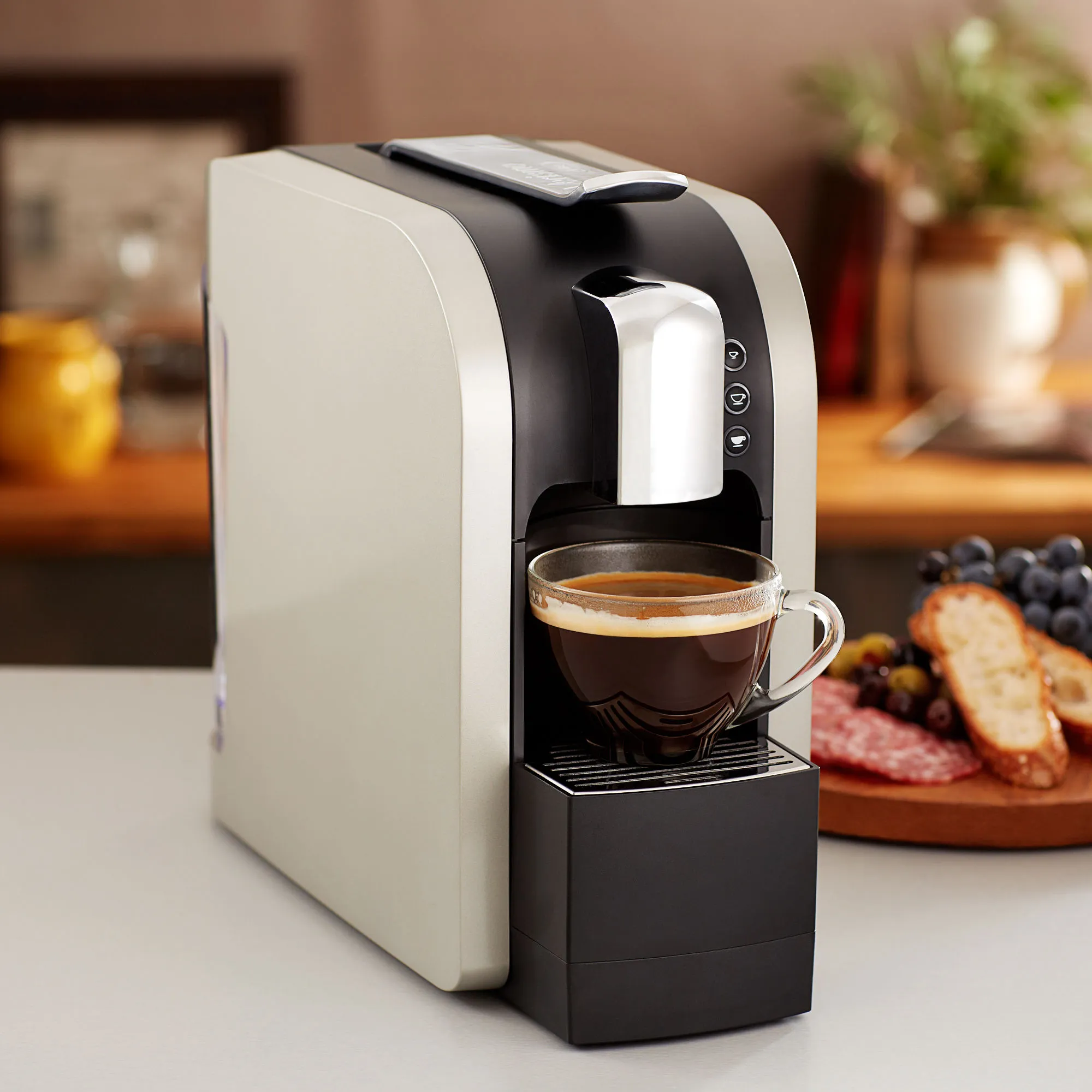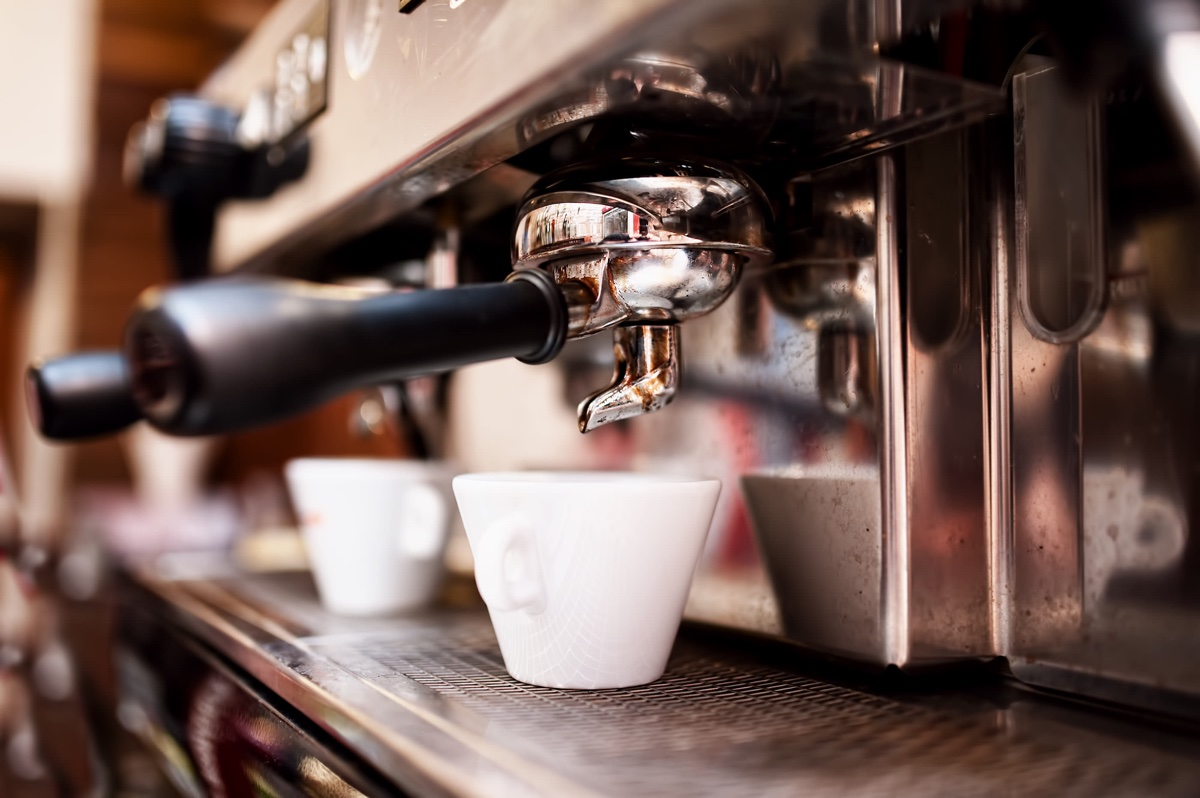Home> Coffee Brewing
Coffee Brewing Mastery: Savouring The Perfect Cup Every Time
Discover secrets of coffee brewing to unlock rich, tantalizing flavors in every cup. Your journey to becoming a coffee connoisseur starts here!
11 Amazing Gourmia Multi Capsule Espresso Coffee Machine Gcm7000 for 2024
By: Benjamin Parker • Articles
